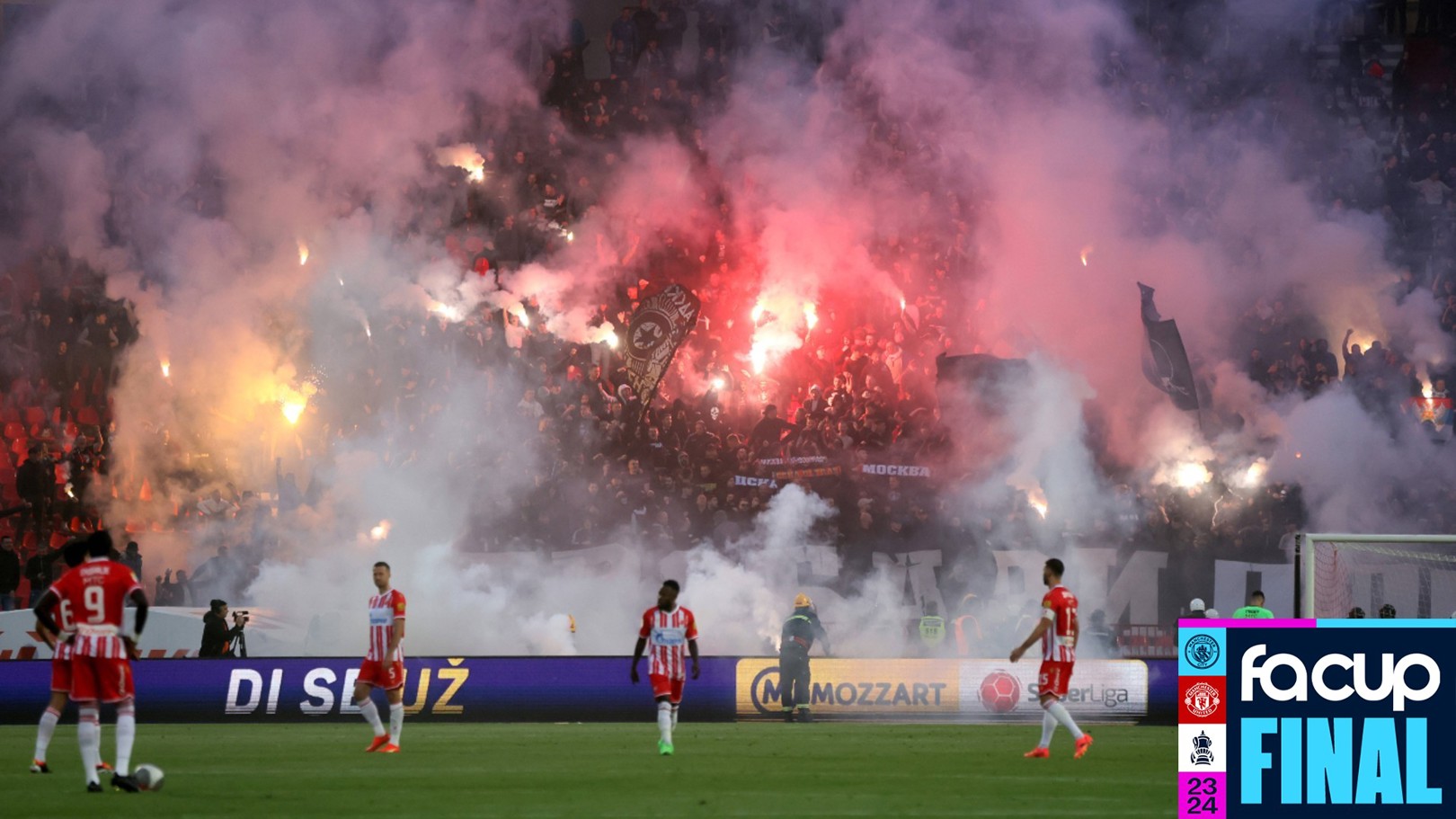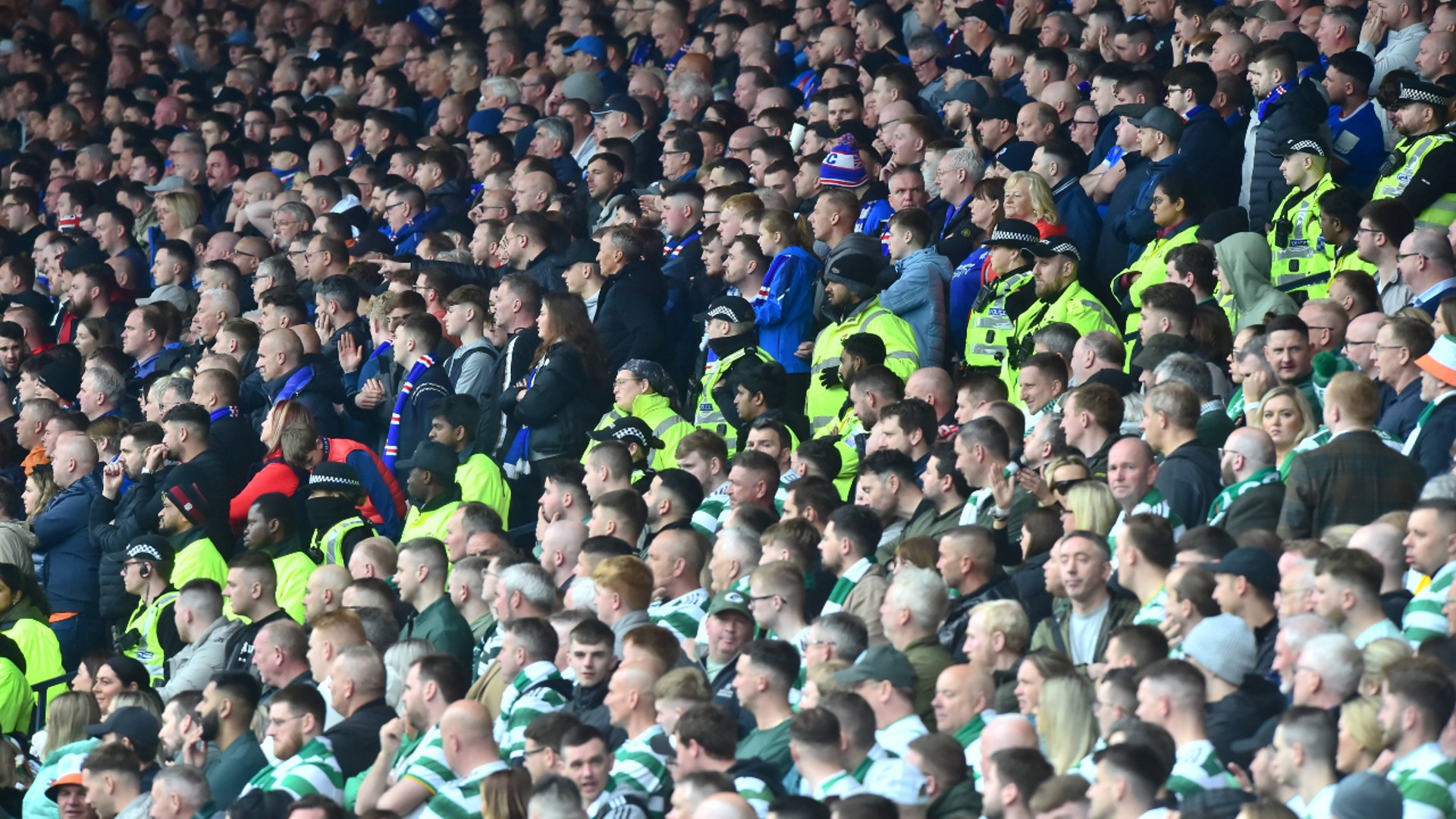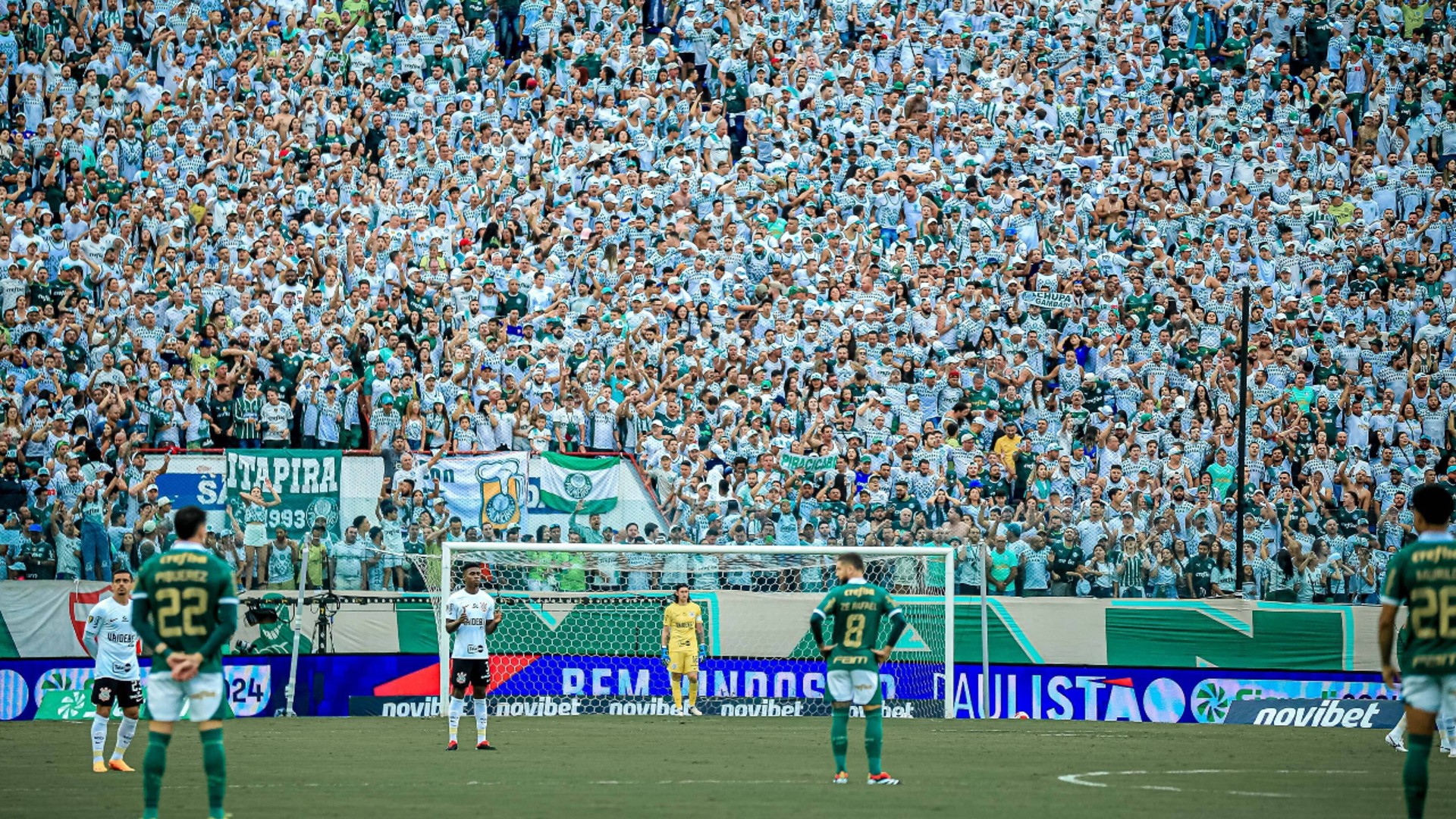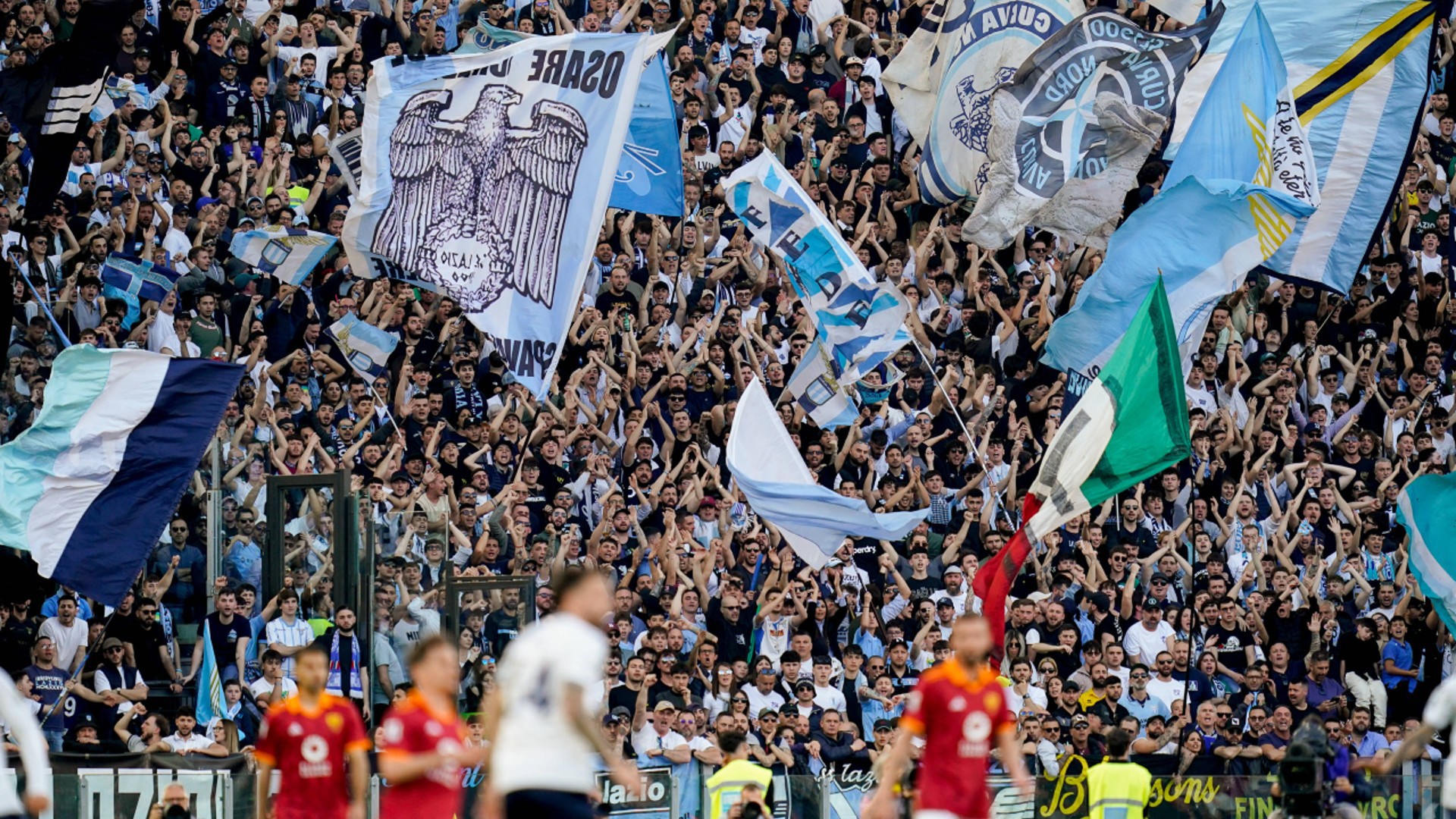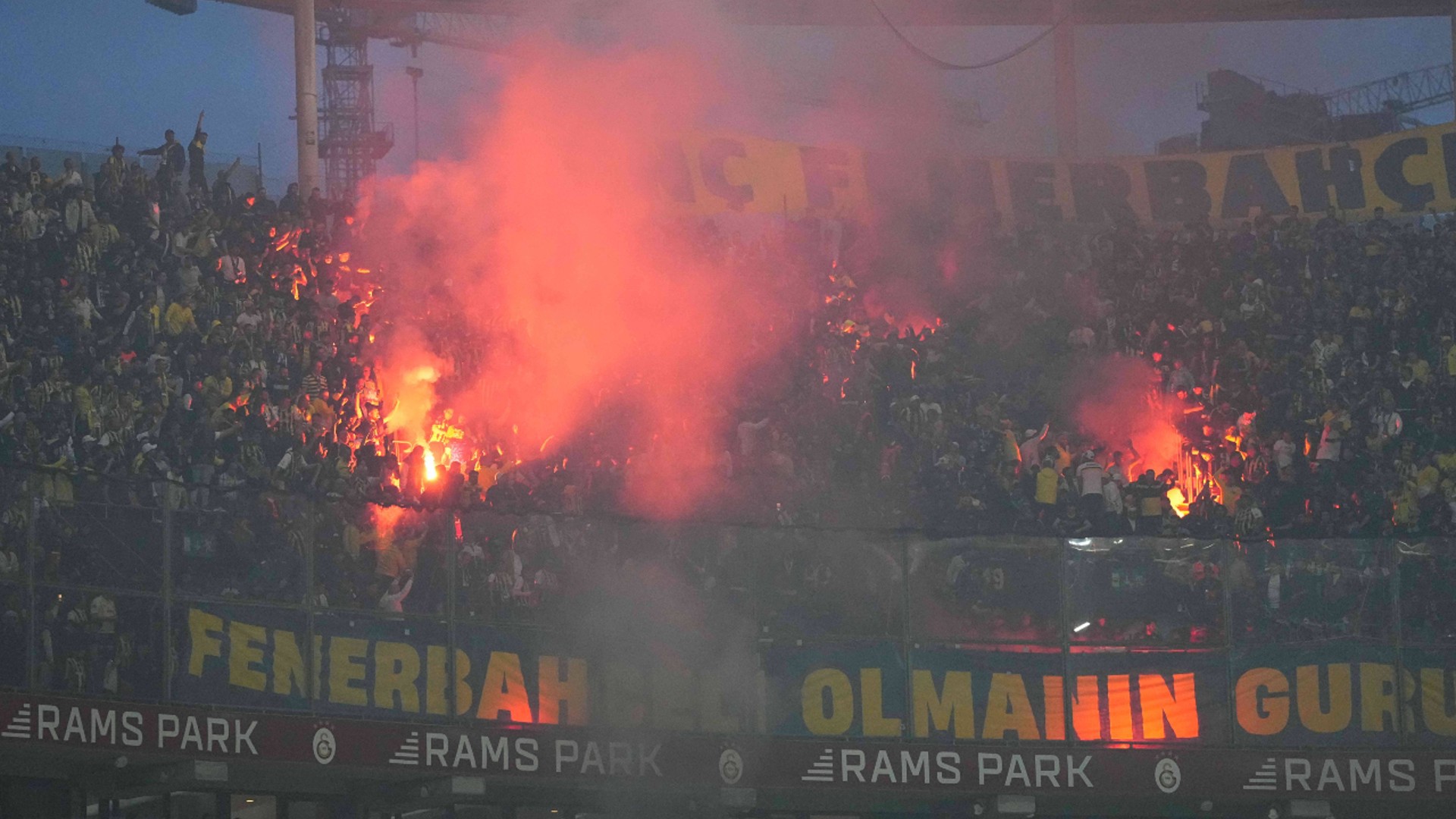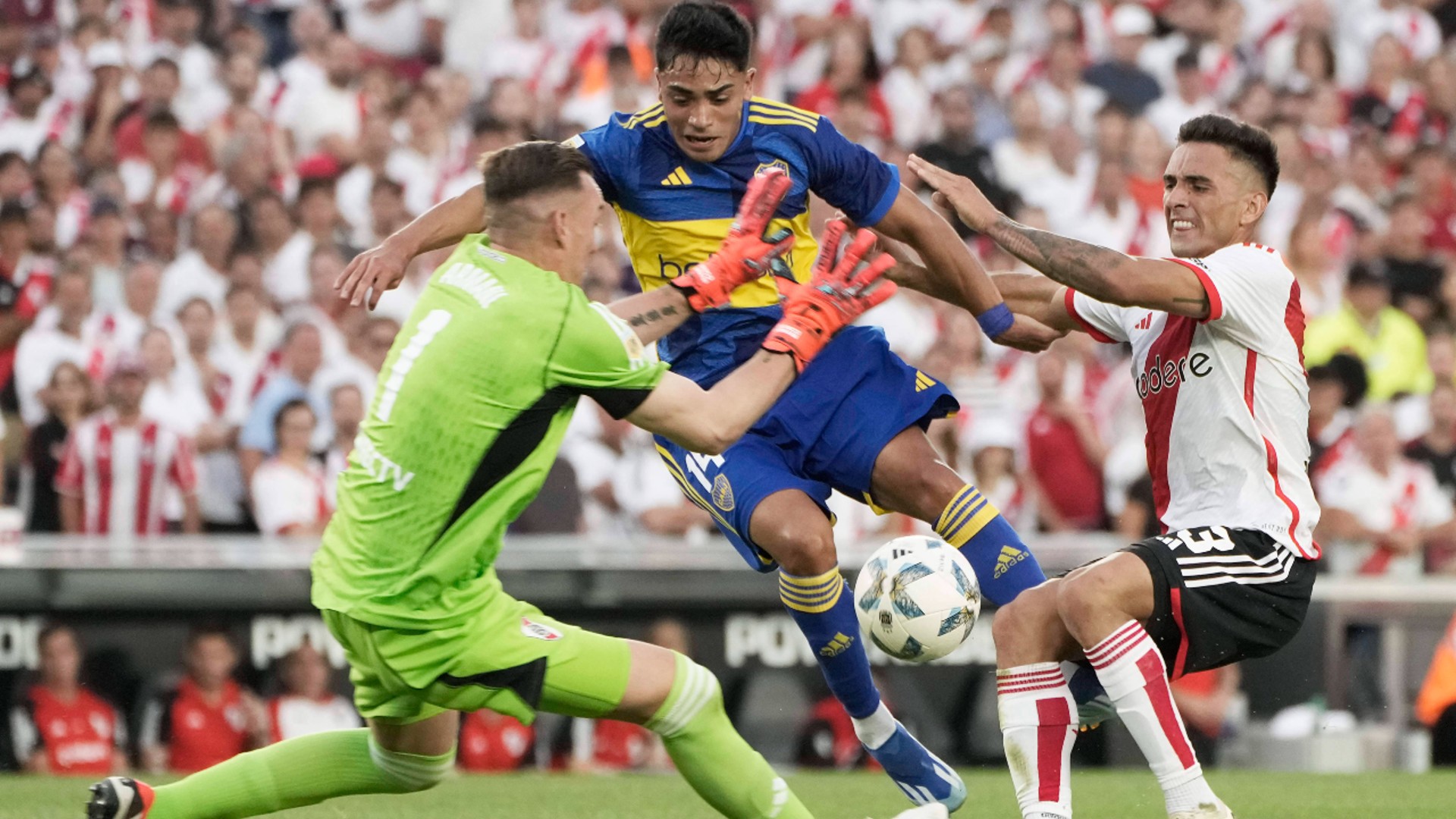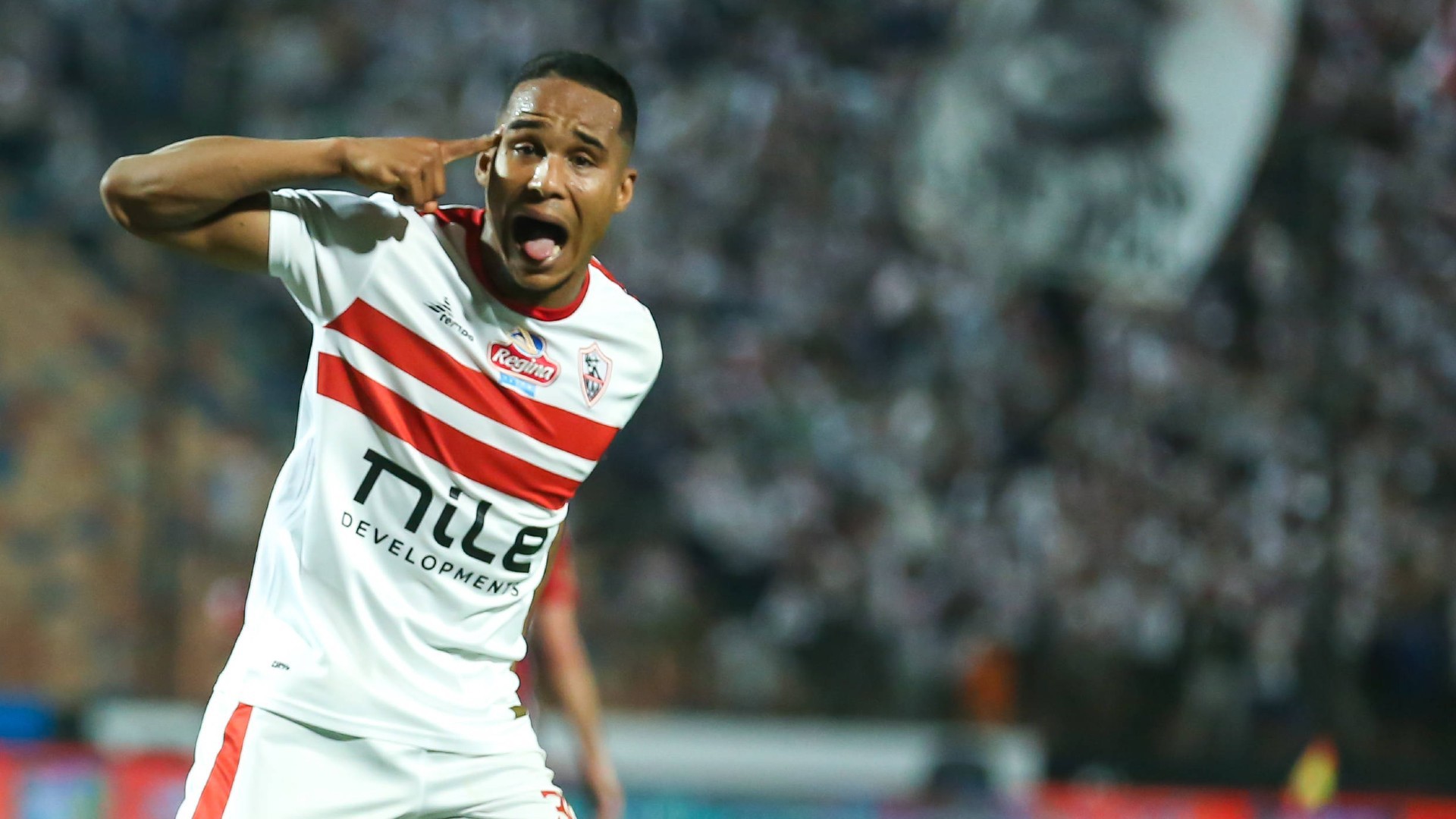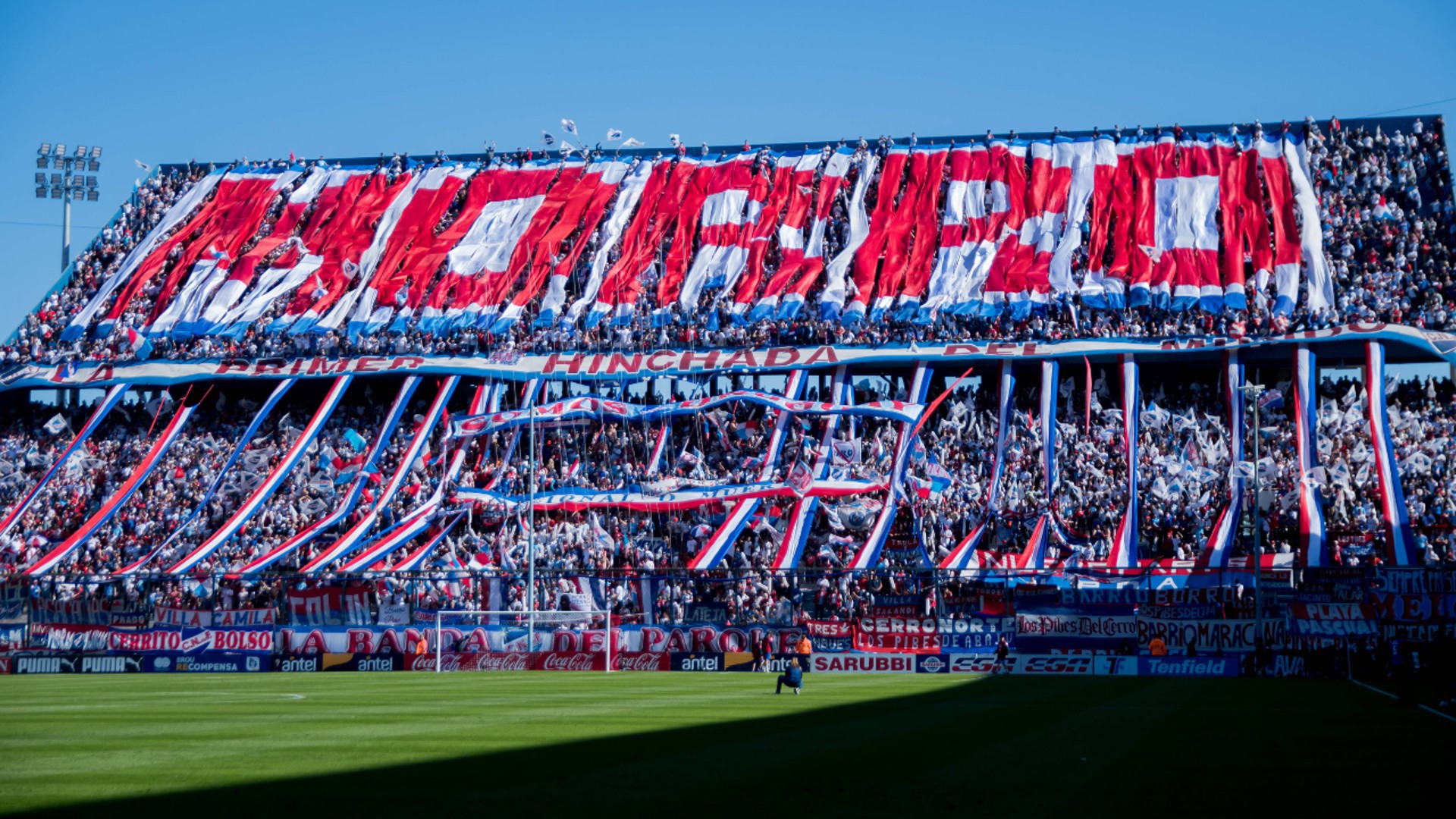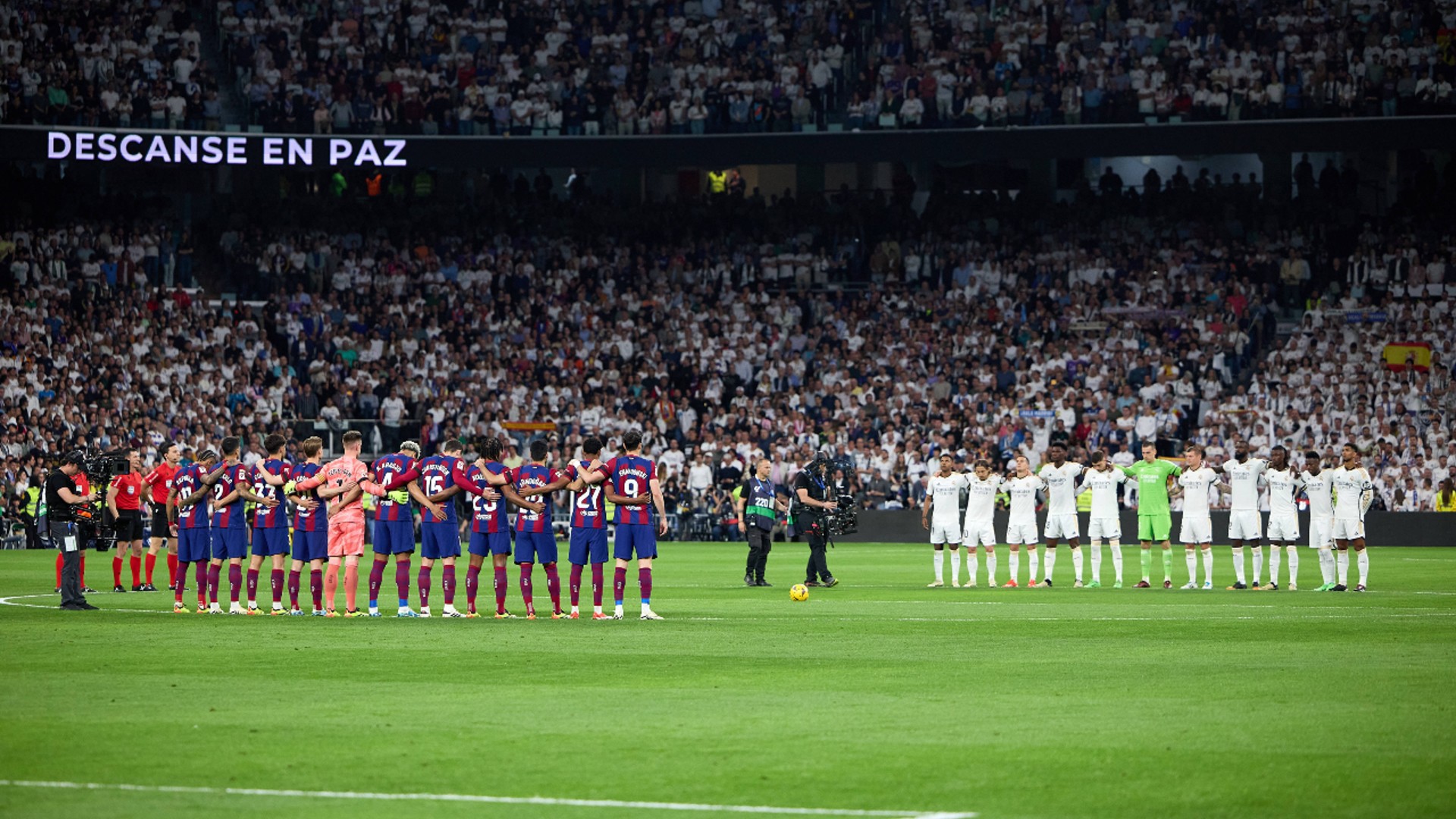PARTIZAN BELGRADE V RED STAR BELGRADE (SERBIA)
The Balkans is a renowned hotbed of fierce football rivalry yet nothing in the region compares to the biannual battle of Belgrade.
Known as the Eternal Derby it is a rivalry that both unites and divides the entire Serbian nation with allegiances being formed from birth.
The rivalry is such that it is not uncommon for the first gift to a baby to carry either a Red Star or Partizan emblem.
And such are the fierce passions engendered, it is a derby that sadly has prompted outbreaks of violence on numerous occasions down the years.
It also goes beyond mere football with both teams having nearly 20 other sporting franchises bearing their respective names, most notably basketball as well as handball and volleyball, where the sparks also invariably fly.
Both sides were formed in 1945 after World War Two in the fledgling Yugoslavia with Partizan founded by the military and Red Star set up by some members of the police force.
And despite the subsequent political and social upheaval across the Balkans – and tragic conflicts that marked the break-up of the Yugoslav republic more than 30 years ago - one thing has remained constant.
It’s a grudge match that brings that whole of the region to a virtual standstill.
RANGERS V CELTIC (GLASGOW, SCOTLAND)
For many, Scotland’s Old Firm rivalry remains the very essence of derby tribalism, representing the ultimate in footballing division.
It’s one of the oldest and most complex rivalries in world football, with its roots lying in religion and identity as much as the battle for footballing supremacy.
Celtic were founded in 1887 by a Marist (Catholic) Brother from Ireland and the club’s origins were firmly embedded in Irish Catholicism.
Rangers, meanwhile, founded in 1872, became the team of the Scottish Protestant working class almost by accident.
Ironically, relations between the two clubs were initially friendly, with Rangers supplying the opposition for their neighbours’ first game.
However, the opening of a huge shipyard in Govan, just a short walk from Rangers’ Ibrox home, by industrial firm Harland and Wolff, saw an influx of Protestant workers from Belfast in the 1910s. The company’s infamous “Catholics need not apply” policy soon spread to the club their workforce adopted.
The clubs’ identities were subsequently shaped in direct opposition to each other, with Celtic associated with socialism and Irish Republicanism, Rangers with conservatism and unionism.
Between them, the two Glasgow giants have largely dominated the Scottish game, winning more than 100 league titles between them and that battle for domestic supremacy has only fanned the flames of bitterness and bad feeling which surround the fixture.
Not surprisingly, the rancour and division has frequently led to trouble on and off the pitch with a notorious pitch invasion and on-field trouble at Hampden Park after the 1980 Scottish Cup final being instrumental in the subsequent imposition of a ban on alcohol at Scottish grounds.
Former Celtic star Henrik Larsson and ex-Rangers forward Brian Laudrup both claimed the Old Firm rivalry topped anything else they had experienced in their storied careers – including the El Clasico and Milan derbies.
CORINTHIANS V PALMEIRAS (SAO PAULO, BRAZIL)
Rio de Janiero may be the capital of Brazil but arguably the country’s most intense derby rivalry is that of Sao Paulo rivals Corinthians and Palmeiras.
Such is the scale of Sao Paulo, the city also is home to Sao Paulo FC with a fourth, Santos, based a short distance away.
However, it is the animosity between Corinthians and Palmeiras that fuels the passions in this football-mad country like no other.
Both derived from working-class backgrounds, Corinthians take their origins from a tour to the city of English side Corinthian FC in 1910 which inspired local labourers to form their own club, Sport Club Corinthians Paulista.
Four years later, a group of Italian factory workers followed suit following an exhibition tour by Italian clubs Torino and Pro Vercelli out of which formed Palestra Italia, later changed to Palmeiras.
Part of the intense rivalry stems from the fact that legend has it that it was ex-Corinthians members who helped found the club.
Palmeiras boast three Copa Libertadores and 12 Brazilian titles to one Copa and seven titles for Corinthians which has only fed the sense of competition and rivalry – both on and off the field.
Indeed, in the past, trouble between rival fans has seen respective fan clubs outlawed by a Sao Paulo court and it’s a fixture that still carries a hold over Brazil like few others.
LAZIO V ROMA (ROME, ITALY)
The Roman derby or Derby della Capitale eclipses all other Italian intra-city derbies.
The only fixture in our selection to take place in a shared stadium – the Stadio Olimpico – it has established a reputation for being one of the most fiercely-contested matches throughout all Europe.
The formation of Roma came about in 1927 when they were created, due in part to Fascist dictator Benito Mussolini’s desire to end the dominance of the teams from the north.
Three teams, Roman, Alba-Audace and Fortitudo were bonded together to form AS Roma.
One existing team in Rome though refused to unite - SS Lazio and so the seeds of the bitter rivalry began.
While the rival Milan clubs, Inter and AC along with Juventus have traditionally been Italy’s most successful clubs, for Roma and Lazio more often than not it’s all about the derby.
Sadly, over the past few decades, the fixtured has been marked by fighting, racist abuse, antisemitic banners, riots and death.
In 1979 a Lazio supporter was hit in the eye with a flare thrown by a Roma fan and became the first fatality due to violence in the history of Italian football.
Roma ultras also forced the suspension of a game in 2004 when false rumours of a child being killed by police before the match caused chaos.
These days such is the ongoing menace surrounding the fixture the Roman police frequently request a daylight kick-off for security reasons.
FENERBAHÇE V GALATASARAY (ISTANBUL, TURKEY)
One of the great cities of the world, Istanbul is also home to one of football’s most intense and frenzied rivalries.
The enmity is drawn from both geography and class with the clubs originating from two different sides of the Bosphorus which dominates the city.
Fenerbahçe SK were founded in Kadıköy, the Asian side of Istanbul, while Galatasaray SK were founded in Galatasaray, which sits within the city’s European side.
As such, Gala are seen by many as a club for the aristocracy, while Fener are considered the “people’s club” with a working-class background though that social divide has narrowed in recent decades.
One thing that has only intensified however is the needle over what is known as the Inter-Continental derby or the Eternal Rivalry.
The tinder-box tone was set in 1934 when an Istanbul derby had to be abandoned after a fight broke out between the opposing teams.
But for many the passions the game inflames is best personified by the infamous incident in 1996 when Graeme Souness, the then-manager of Galatasaray, almost sparked a riot by planting his club’s flag in the centre of the Fenerbahce pitch after Gala had beaten their bitter rivals on their bitter rivals’ turf in the Turkish Cup final.
The enmity still runs deep.
A 2-2 draw in 2018 ended in scenes of mayhem as three players were sent off after the final whistle following a brawl that embroiled 30 players and staff.
BOCA JUNIORS V RIVER PLATE (BUENOS AIRES, ARGENTINA)
Frequently cited as the biggest grudge match in world football, clashes between Boca and River are unlike no other.
Buenos Aires’ two giant clubs boast a ferocious rivalry named the ‘Superclasico,’ which dates back more than a century and their rivalry is distinct from anything else in football.
As with many intense derby rivalries, the divide can be put down to class, identity and geography.
Boca, formed in 1905, hail from Buenos Aires’ working-class dockside barrio of that name and their iconic La Bombanera ground – nicknamed the Chocolate Box thanks to its vertigo-inducing steepling stands – is widely hailed as one of football’s greatest cathedrals.
Founded in 1901 River originally hailed from the same area but subsequently moved out to the more affluent Nunez neighbourhood.
Soon they became the wealthiest club in Argentina, acquiring the nickname of the The Millionaires, helping further feed the antagonism between the two clubs.
Their atmospheric, bowl-shaped Monumental ground is also a fabulous football arena.
It’s estimated that up to 70 per cent of Argentina’s population of 44 million follow either River or Boca and those fans have had plenty to celebrate over the years.
River boast 38 national championships to Boca’s 35. But Boca have won six Copa Libertadores - South America’s equivalent of Europe’s Champions League - titles to River’s four.
Nowadays just about the only things the two do share is the city they hail from and an intense animosity almost without equal.
When they met in a 2015 Copa Libertadores last 16 tie Boca ended up disqualified after their fans drilled a hole into the players’ tunnel and pepper-sprayed members of the River squad, putting four of them in hospital.
Meanwhile when the pair met in the 2018 Copa Libertadores final, in what was the termed the final of all finals, the second leg which was set to be staged at River’s stadium had to be cancelled shortly before kick-off with the Boca team bus coming under attack on its way to the ground.
Eventually the second leg had to be rearranged and played thousands of miles away at Real Madrid’s Bernabeu Stadium, River emerging 5-3 victors.
AL AHLY V ZAMALEK (CAIRO, EGYPT)
When the two biggest teams in the Egyptian capital Cairo collide, it is a fixture that not only brings Egypt to a standstill but much of the continent of Africa and the Middle East too, with estimates of the TV audience for the game in Egypt alone put in excess of 50 million.
For almost a century now, clashes between Al Ahly and Zamalek have spilled over off the pitch, causing death, destruction and in at least one case in the early 1970s, the entire Egyptian league to be cancelled.
The violence became so serious it forced the Egyptian government to at one stage ban derby games from being staged at each club’s home ground.
Every fixture between Al Ahly and Zamalek brings Cairo to a virtual standstill on derby day.
It is another derby rooted in nationalism, class and a sense of belonging.
Al-Ahly literally translates as The National and wearing the traditional red colours of the pre-colonial flag, they have traditionally been seen as the club of the Egyptian nation.
In contrast, Zamalek, who wear white, were classed as the club of the foreigners/outsiders.
Originally, the Cairo derby was pitched as a battle between Cairo’s poor, devout working class and the more educated, liberal middle class and even today those divisions remain.
Such are the passions engendered by the fixture, non-Egyptian referees are often flown in to officiate the derby in order to ensure impartiality.
In trying to sum up the incendiary nature of the fixture, Scottish World Cup referee Hugh Dallas, who officiated the Cairo derby twice, reflected: “I’ve done 14 or 15 Old Firm games and even they don’t come close to this!”
NACIONAL V PENAROL (MONTEVIDEO, URUGUAY)
Overshadowed by the success and glamour of Argentina and Brazil’s national teams, Uruguay’s football heritage tends to be largely overlooked in Europe.
However, the country’s capital Montevideo is a hotbed of football passion – and also happens to be home to the oldest derby in the world outside the British Isles… the Superclasico.
Penarol were founded in 1891 by British immigrants working on the railways and opted for the yellow and black colours which were the cautionary signals for railway workers at the time.
Nacional’s formation came nine years later and, as their name illustrates, the club were formed for home-grown players as opposed to ‘foreigners.’
A by-word for domestic success – Nacional have won 49 titles to Penarol’s 51 – the pair have also won eight Copa Libertadores between them (Penarol 5, Nacional 3) and it is estimated that more than 80-per cent of the entire Uruguayan population follow one or the other of the teams.
Of late, the duo’s influence in South American’s blue-ribbon event has waned - Colombia, Paraguay, Chile and now Ecuador all boast Copa Libertadores winners since Nacional become the last Uruguayan side to reach the final 30 years ago.
But as the duo’s success on the continent has waned, it has only served to ratchet up the domestic rivalry to new heights.
One combustible clash in 1990 featured a full-scale dust-up between the two teams, ending with the referee sending off all 11 Penarol players and nine from Nacional, invoking the ‘seven player’ rule to end the match at 0-0.
Ten years later, the sides marked a 1-1 draw with an on-field brawl that led to several players and a coach spending a month in jail!
Proof, if any were needed, that this fixture is so much more than just a game…
REAL MADRID V BARCELONA (SPAIN)
Not a derby in the traditional sense of the word – Madrid and Barcelona are separated by more than 300 miles – but any list of true grudge matches simply has to include this fixture.
It’s as much about politics and identity as it is sport and is wrapped up in the complex history of Spain over the course of more than a century.
Real are seen as a symbol of the Spanish state with Barca viewed as the source of Catalan identity and nationalism.
Madrid FC were founded in 1902 and 11 years later received royal patronage becoming Real Madrid.
Barcelona, meanwhile were formed in 1899, and by the 1930s had become a vehicle of Catalan pride and identity and the schism between the two clubs was only further heightened during the reign of Spanish dictator Francisco Franco who ruled the country for almost 40 years following the Spanish Civil War.
The rivalry intensified in the 1950s when the clubs disputed the signing of Argentine superstar Alfredo di Stefano. After a protracted legal affair, di Stefano moved to Madrid and was instrumental in Real’s first five European Cup triumphs.
More recently Portugal’s Luis Figo ignited the wrath of Barca’s fans after controversially swapping Catalonia for the capital and, infamously, on his third return to the Nou Camp in 2002, he was taunted throughout with a pig’s head being thrown onto the pitch at him.
Over the past decade, the rivalry was encapsulated by the presence of world titans Lionel Messi and Cristiano Ronaldo on opposing sides and to this day it is a fixtures that captures global attention.

